A-level Results Day 2017: Everything You Need to Know
By
8 years ago
Ten things you need to know about this year's results plus news from independent schools

Pupils and staff across the UK are celebrating new records, perfect scores and university places on A-level results day.

Taunton School
Thousands of anxious students made their way into school today to collect their A-level results. Reforms to A-level courses brought with it a certain degree of uncertainty, but there some big sighs of relief as the proportion of top marks awarded rose overall for the first time in six years
Independent School A-level Results
The trend of top scores in the independent sector was clear to see today at senior schools and sixth-forms across England, Scotland and Wales.
Over one third of all girls at Mayfield were awarded three or more A*/A grades. At Sutton High, over 36 per cent of girls achieved straight A*s and As, while 18 per cent achieved straight A*s. Bromley High saw top A* grades increase by a third this year and A*-C grades rise to 96 per cent. Bromsgrove School termed this year’s results as a ‘summer of success’ with more than a quarter of all results achieved the equivalent of an A*. Nearly nearly half of all exams taken by Oakham‘s Year 13 cohort were awarded A* or A grades or equivalent in their A-levels, Pre-U and the International Baccalaureate Diploma .
Subject successes
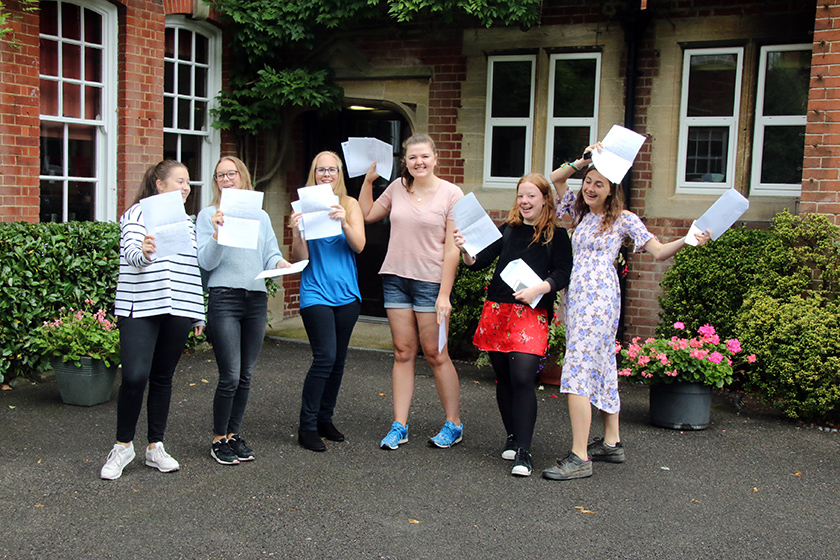
Godolphin
As ever, some departments shone brighter than others. The stand-out subjects at Malvern St James included further mathematics, which achieved 100 per cent A*–A grades and German, Geography and History achieving 100 per cent A*-B. At King Edward’s School Bath, art, photography and drama, as well as all modern and classical languages returned a 100 per cent A*–B success. At Rydal Penhros, drama and theatre studies candidates excelled with 100 per cent A*–B grades while English literature pupils gained 100 per cent A*–C. St Helen’s celebrated another year of impressive results with particular success achieved in modern languages, which saw 100 per cent A*—B grades. Particularly notable at Haileybury were the results achieved by the school’s top mathematicians, six of whom received an A* or A grade. At The Royal Masonic School for Girls, 100 per cent of pupils studying art received A* or A grades.
Breaking records
New A-level results records were also set at independent schools, including Godolphin, which celebrated its highest percentage of A* grades since 2012. Tudor Hall girls also achieved the highest percentage of A*s since they were introduced, with approximately one in five of all passes at A*. Nearly 40 per cent of all girls sitting the exams gained at least one A* and over half got at least one A grade. Bede’s celebrated its best ever results with pupils earning 80 per cent A*–B for the first time in the school’s history.
University places
Many pupils were all set for the first choice of university too. At Lady Eleanor Holles School, 93 per cent of candidates got into their first choice. All four of Taunton School‘s Oxbridge students achieved the grades they needed to take up their places. The outstanding musical tradition of Bedales continues with students awarded places at some of the country’s leading conservatoires. This includes Luca Caruso will study drums with a scholarship to the Royal Academy of Music having gained M1 (equivalent to an A) in the music Pre-U and A in Spanish.
A-level results 2017 in brief
Ten things you need to know about this year’s results.
1. Top of the class
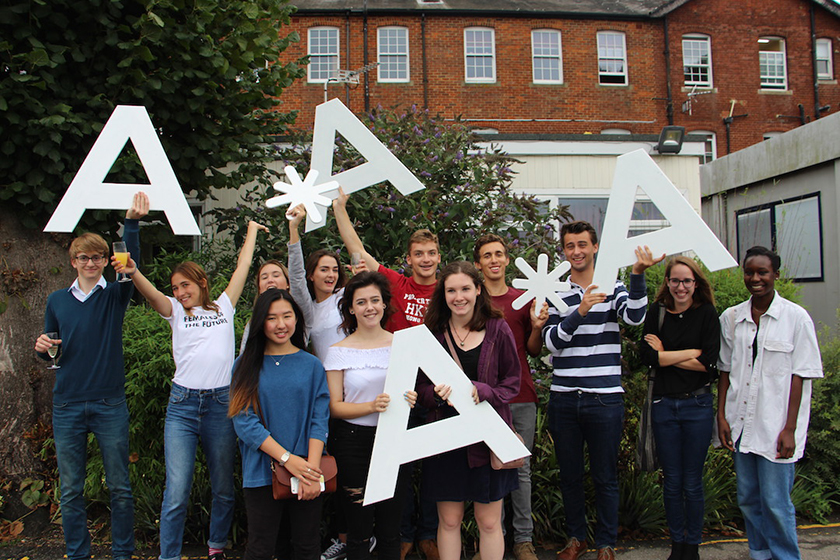
Kent College Canterbury
The proportion of A-level students achieving an A* or A grade has risen overall for the first time in six years. In the bulk of subjects, the proportion of top grades awarded went up to 26.3 per cent, a rise of 0.5 per cent compared with 2016.
2. New assessment put to the test
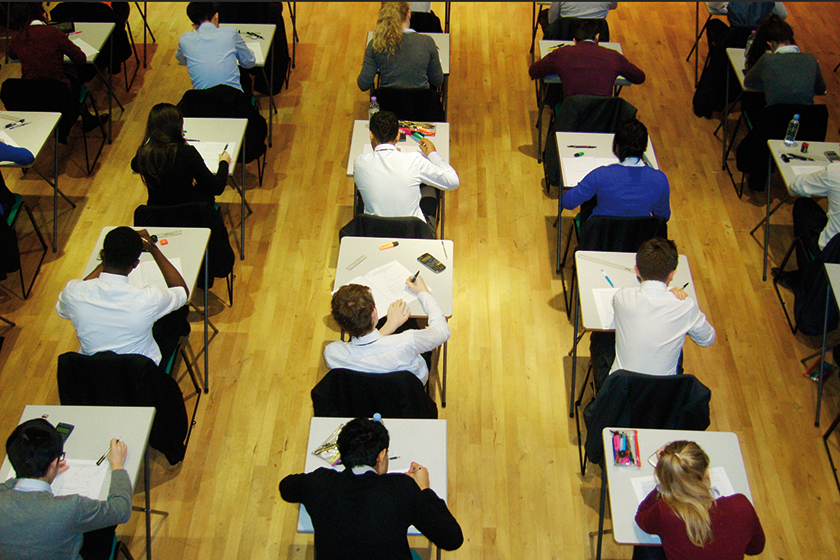
This is the first year that A-level grades have been decided solely on final exams with no contribution from AS-levels. Traditionally, boys have fared better in end-of-course exams with girls performing better with the introduction of modular qualifications. With the reintroduction of new, linear A-levels, there was speculation that the performance of boys may start to improve, and it seems its has (see below).
3. Boys vs girls

Alleyn’s School
Boys have beaten girls to top A-level grades for the first time in a decade with 26.6 per cent of boys scoring A* or A grades compared to 26.1 per cent of girls. The proportion of boys achieving an A* or A has increased by 0.9 per cent whereas the proportion of girls achieving an A* of A has increased by only 0.1 per cent.
4. Subject to scrutiny
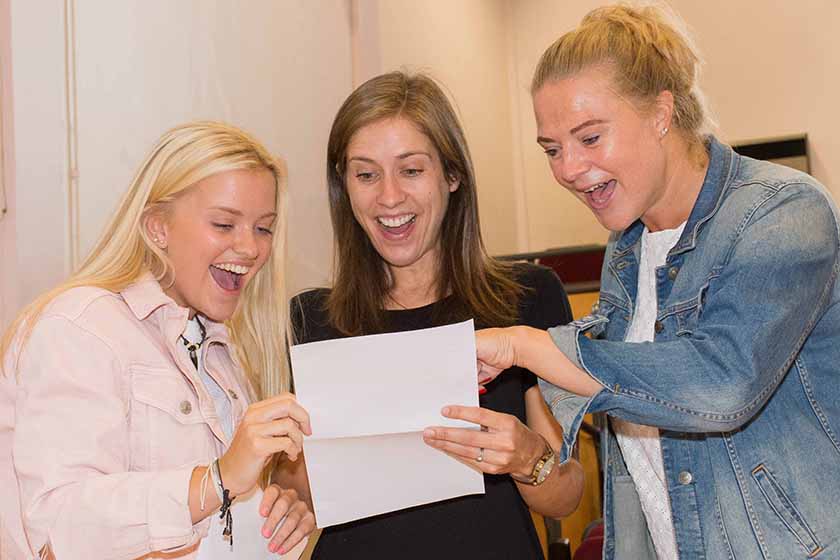
Bromley High
Some subjects proved to be tougher than others to score high in this year. Only 2.9 per cent of students sitting English literature achieved an A*, while fewer than five per cent of students scored the top grade for psychology and sociology.
5. Fall in languages
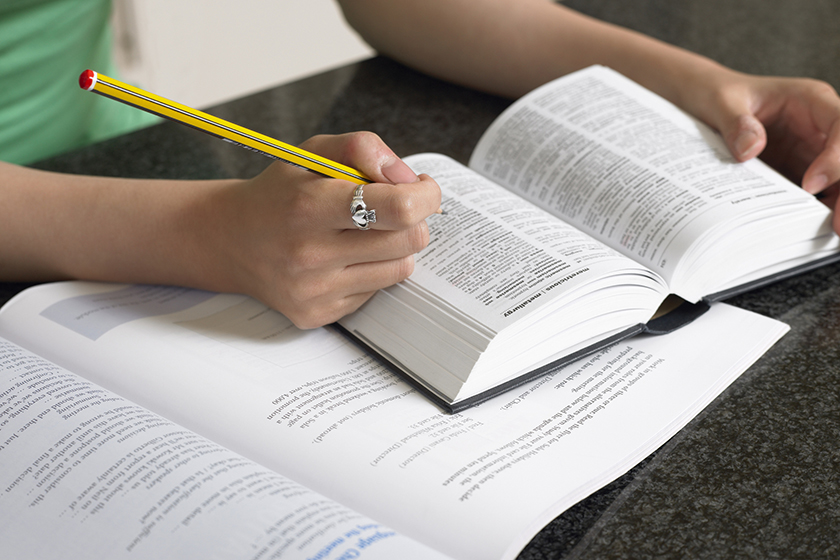
Getty Images
The number of pupils taking French exams fell by 2.1 per cent compared with 2016, with a 4.7 per cent decrease in the numbers sitting German. However, the number of top grades awarded in languages increased this year after the exams regulator Ofqual asked exam boards to lower the grade boundaries. Speaking to the Guardian, Mark Herbert, head of schools programmes at the British Council, said: ‘There’s a welcome increase in top grades this year but disappointingly the overall number taking a language continues to fall.’
6. Malala bound for Oxford

Malala Yousafzai has gained a place at Oxford University after getting her A-level results. The Nobel Prize winner, who lives in Birmingham, confirmed the news in a tweet congratulating all students getting their results on Thursday. She will be studying philosophy, politics and economics. She had needed to get three As after being given a conditional offer earlier this year.
7. STEM boost
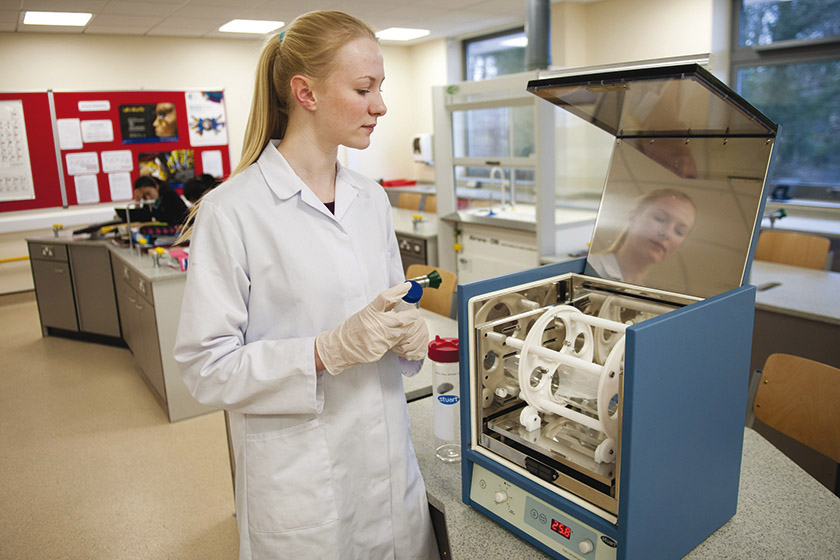
The government has hailed increasing entries to science, technology, engineering and maths subjects as a good sign for the future of the British economy. Minister for School Standards, Nick Gibb, said:
‘There has been a strong uptake in core subjects, such as maths, which continues to be the most popular A-level with maths and further maths having nearly 25 per cent more entries than in 2010. This and increasing entries to science, technology, engineering and maths (STEM) subjects bodes well for the economic prosperity of our country. It will help to grow our workforce in these sectors, allowing young people to secure well paid jobs and compete in the global jobs market of post-Brexit Britain.’
8. Wales works its way up

Rydal Penhros
While just 22.7 per cent of Welsh candidates received A or A*s in 2016, this year the proportion rose to 25 per cent, helped by stronger results among boys. The proportion of students in Wales awarded A*–C grades rose above 75 per cent, the highest since 2009. At Rydal Penhros, in North Wales, drama and theatre studies candidates excelled with 100 per cent A*–B grades while English literature pupils gained 100 per cent A*–C.
9. The next step
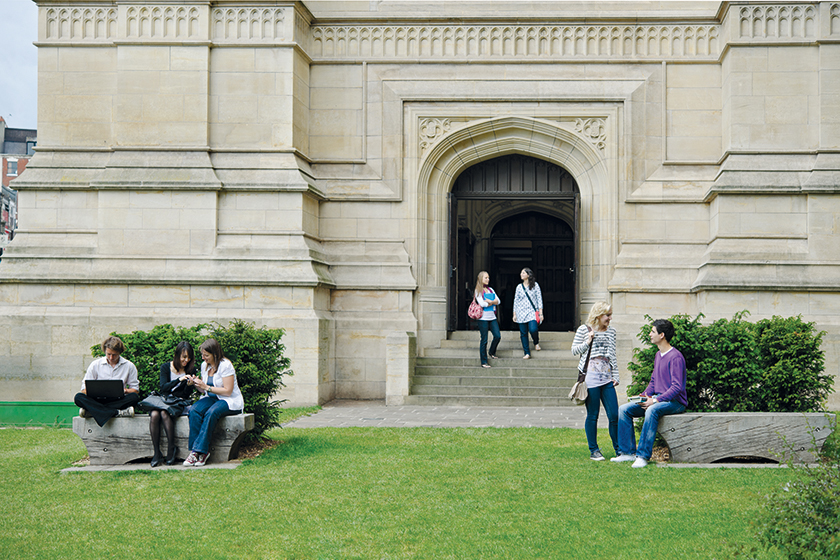
University of Bristol
Overall, 416,310 students have been accepted at UK universities and colleges so far this year, of whom 201,270 are 18.
10. Lenny mans the phones

And finally, some students calling up the Birmingham City University clearing hotline were put through to the university’s chancellor Sir Lenny Henry. Well, if a university ever needed more manpower today is the day with a record number of students expected to go through the clearing process.



